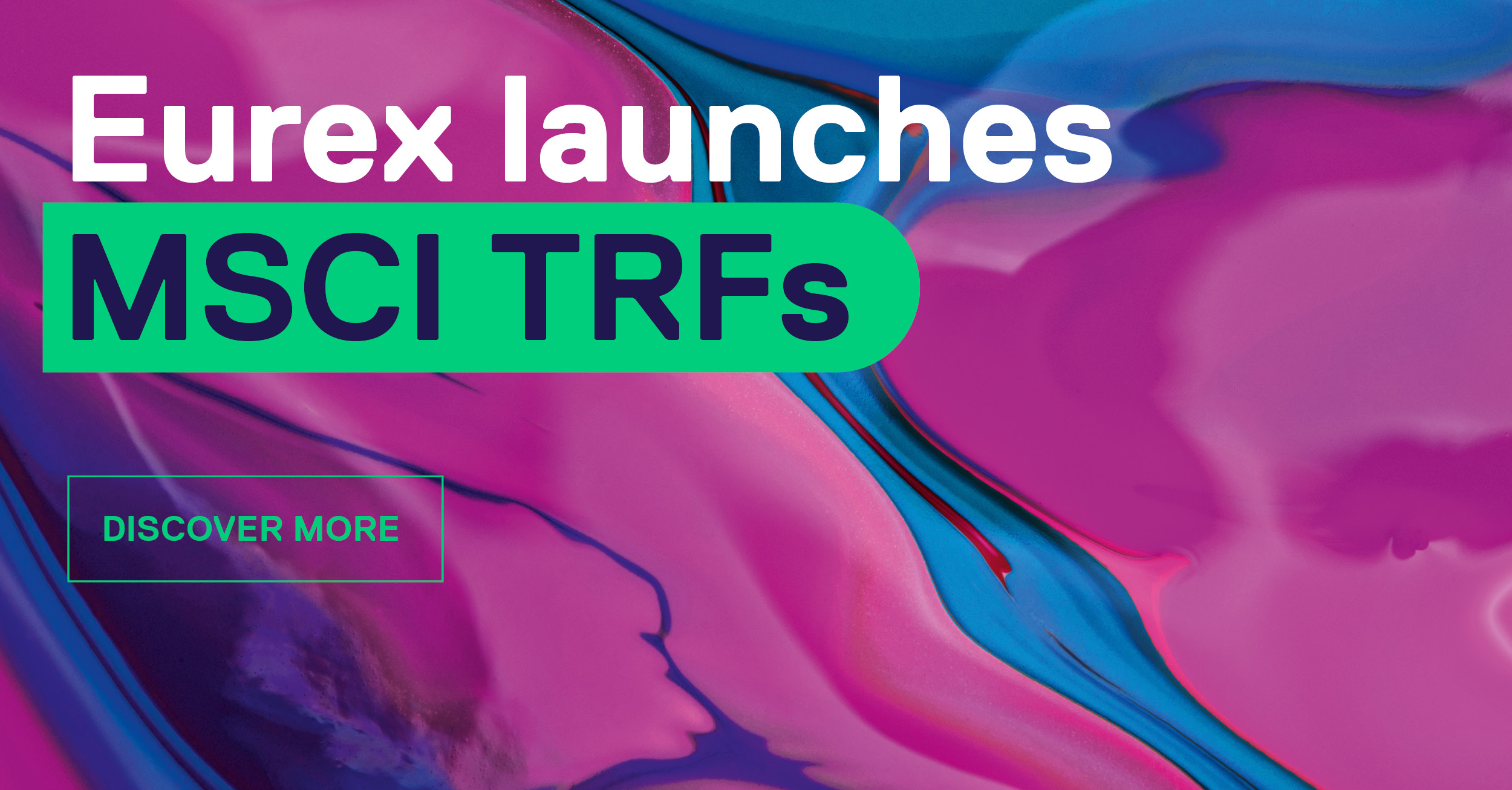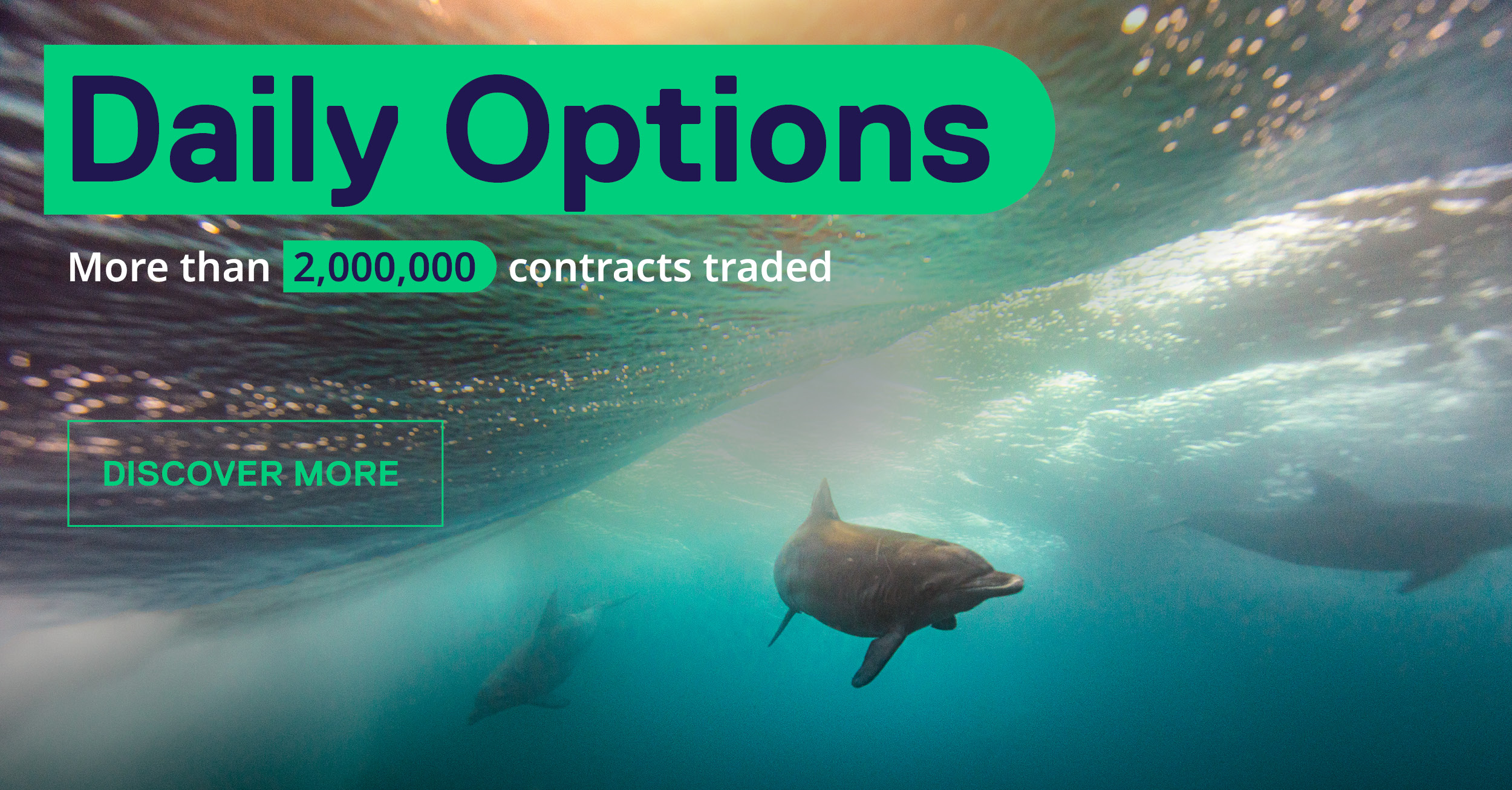1. Introduction
Deutsche Börse plans to introduce T7 Release 12.1 on 13 May 2024. The simulation for T7 Release 12.1 is planned to start on 25 March 2024.
This circular provides Eurex T7 Trading Participants with the T7 Release 12.1 timeline, planned scope and the communication schedule.
The following enhancements will be introduced in T7 Release 12.1:
- Introduction of non-standard Options Volatility Strategies
- Introduction of market-wide self-match prevention
- Volatility interruption enhancements
- MiFID II/MiFIR order flagging requirements: Enhancements of the Short Code (SC) and Algo ID solution
Simulation start: 25 March 2024
Production start: 13 May 2024
Learn now more about T7 Release 12.1 on our dedicated initiative page under the following link: www.eurex.com > Support > Initiatives & Releases > T7 Release 12.1. System documentation, circulars, timeline and much more information will be available there for you.
2. Required action
Trading Participants are requested to initiate the preparatory steps to ensure software readiness for the new T7 Release 12.1 on 13 May 2024.
3. Details of the initiative
A. Introduction Schedule and Communication Calendar for T7 Release 12.1
Please refer to the Attachment for the Introduction Schedule and the Communication Calendar.
The Communication Calendar lists all important dates on which documents for T7 Release 12.1 will be published, including existing documents that will be revised for T7 Release 12.1.
In December 2023, Eurex Exchange will publish the detailed preliminary Release Notes listing the functional and technical enhancements that will be available in T7 Release 12.1.
Deutsche Börse will provide a dedicated release simulation environment to give Trading Participants and Independent Software Vendors (ISVs) the opportunity to perform comprehensive testing of their trading applications, independent of the T7 production environment.
In addition to the T7 Release Simulation, Trading Participants and ISVs can also use the T7 Cloud Simulation that allows testing against the current T7 production and simulation software versions. In this environment, Trading Participants can initiate predefined market scenarios and test-specific strategies more easily than in a shared environment. The T7 Cloud Simulation is permanently available (24/7) for a fixed price per hour and is accessible using an SSL-encrypted internet connection. The T7 Cloud Simulation will start in advance to the usual Release Simulation.
For more information on the T7 Cloud Simulation, please refer to the Eurex website www.eurex.com under the following path:
Support > Technology > T7 Cloud Simulation
Eurex Exchange is committed to providing Trading Participants and ISVs with information updates throughout the development of T7 Release 12.1 to support adequate planning and to ensure a successful launch.
B. Overview of functional enhancements
The following sections provide an overview of the functional enhancements which will be introduced in T7 Release 12.1:
Introduction of non-standard Options Volatility Strategies
Eurex will introduce non-standard Options Volatility Strategies (NOVS) that will enable Trading Participants to create and trade non-standard options strategies with a futures underlying leg to achieve delta-neutrality of such complex instruments. Compared to existing Options Volatility Strategies (OVS) which are based on pre-defined strategy templates, NOVS provide more flexibility by allowing a non-standard options strategy which is not covered by OVS to be hedged by the corresponding futures underlying leg instrument. Therefore, NOVS can be seen as an extension of OVS supporting a broader range of delta-neutral trading strategies in different options markets at Eurex.
NOVS will be introduced as a new instrument type and be supported in the same way as Options Volatility Strategies are, that is for on-book trading, for TES trading and for Eurex EnLight, via GUI as well as via the electronic Participant interfaces.
Introduction of market-wide self-match prevention
With T7 Release 12.1, Eurex will introduce a mechanism for market-wide self-match preventions (SMP).
The currently offered SMP type A functionality applied by Eurex optionally allows to prevent certain orders or quotes of the same instrument from matching against each other during continuous trading in case these orders or quotes are sent by the same Trading Participant und tagged with the same SMP ID. While the current SMP type A functionality does allow that Trading Participants are grouped together to share all SMP IDs, it is not possible to share certain SMP IDs with other Trading Participants, e.g. for end clients trading via different entities.
A new market-wide SMP functionality will be launched with T7 Release 12.1. It will be offered optionally and in parallel with the existing SMP Type A functionality for orders and quotes. Please note that in the following, when orders are mentioned, the functionality will also apply to quotes.
With the new functionality, Trading Participants can optionally create a new unique, market-wide SMP ID in T7 (called market-wide SMP ID). This market-wide SMP ID will be stored and persisted in T7 for the lifetime of the market-wide SMP ID. Once created, the creator can apply this market-wide SMP ID in a comparable manner as today to tag orders that should not be matched against each other. This is achieved by selecting a dedicated, new flag on the order layout and using the available market-wide SMP ID as SMP ID from the next business day onwards. Hence, a Trading Participant can choose for each order to use either the currently available SMP Type A or the new market-wide SMP, not both.
Additionally, other Trading Participants can register to use the market-wide SMP ID created by another Trading Participant as well via T7. For this, certain information of the market-wide SMP ID must be shared between the Trading Participants outside of T7. Once successfully registered to a market-wide SMP ID, the registering Trading Participant is also allowed to use this market-wide SMP ID in their own orders. Orders flagged with the same market-wide ID will be prevented from matching in same instrument irrespective of whether the orders were sent by the same or different Trading Participant.
Via the Eurex Admin GUI, a Trading Participant can maintain their own market-wide SMP ID selection, be it self-created or registered from another Trading Participant, to be used to flag own orders. Modifications and deletions of market-wide SMP IDs will be possible.
Volatility interruption enhancements
With T7 Release 12.1, Eurex will enhance its volatility interruption processing by introducing a new static volatility interruption for selected products.
In the currently applied dynamic volatility interruption, the potential trade price of an incoming order is checked against all prices of previously executed trades in the same instrument within configured lookback time windows. A volatility interruption will be triggered if the allowed price deviation is exceeded. The execution of the incoming order will be prevented and the affected instrument or all instruments of the affected product will be automatically moved from continuous trading to a volatility auction.
The new static volatility interruptions will be based on static price ranges around reference prices defined by the exchange. A volatility interruption will be triggered if the allowed static price deviation is exceeded. The execution of the incoming order will be prevented and the affected instrument or all instruments of the affected product will be automatically moved from continuous trading to a volatility auction, identical as today. Reference prices for determining the static volatility interruption will remain static over the trading day and only be updated intraday via certain market situation, such as a volatility auction.
The new functionality can be combined with the current Eurex volatility interruption and will, apart from preventing the sharp price movements within short time, also prevent unintended or control and manage large price movements across the business day.
MiFID II/MiFIR order flagging requirements: Enhancements of the Short Code (SC) and Algo ID solution
With T7 Release 12.1, report enhancements will be introduced that aim to provide Trading Participants with more frequent feedback and to assist in the resolution of missing SCs and Algo IDs, upload errors, and a comprehensive registration and maintenance process of SCs and Algo IDs.
The enhancements will be implemented in the reports listed below, including a new structure and three new intraday versions that will be provided in addition to the already existing end-of-day reports:
- TR160 Identifier Mapping Error
- TR161 Identifier Mapping Status
- TR162 Algo HFT Error
- TR163 Algo HFT Status
In addition, the new report “TR169 Final Error Ongoing Corrections” will be introduced to facilitate the provision of missing SC data in an ongoing manner and to provide Trading Participants with a convenient process to fulfill data provision obligations.
Backwards compatibility
T7 Release 12.1 will be backwards compatible to T7 Release 12.0.
Attachment:
- Introduction Schedule, Communication Calendar for T7 Release 12.1
Further information
Recipients: | | All Trading Participants of Eurex Deutschland and Vendors |
Target groups: | | Front Office/Trading, Middle + Backoffice, IT/System Administration, Auditing/Security Coordination |
Contact: | | client.services@eurex.com |
Web: | | Support > Initiatives & Releases > T7 Release 12.1 |
Authorized by: | | Wolfgang Eholzer |


